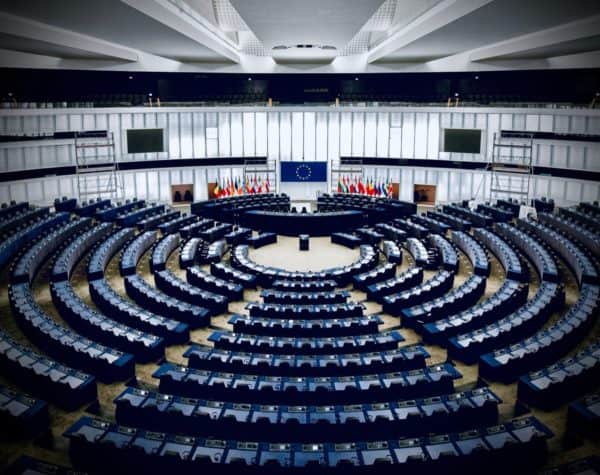
Two draft documents by the European Parliament, Committee on Economic and Monetary Affairs, addressing distributed ledger technology (DLT or blockchain) as well as crypto-assets have emerged.
The first is a draft document on the proposal for a regulation of the European Parliament and of the Council on markets in crypto-assets and amending Directive.
This draft legislation and proposal for regulation is in the form of proposed amendments in regards to the entities who should regulate crypto-assets and as to applying common definitions.
To quote one “justification”:
“The definition of DLT does not match the general interpretation of DLT. Existing crypto- assets on the basis of DLT such as Ethereum are not included in the definition in MiCA as they are not encrypted. If MiCA is limited to DLT, at the very least a definition of DLT should be used which better illustrates the general interpretation of DLT. In particular, encryption should not be mentioned in the definition.”
The document seeks to define utility tokens, fungible/non-fungible crypto-assets, use of a white paper, e-money tokens, and more.
The draft emphasizes the importance of AML and ATF [anti-money-laundering and anti-terrorist financing] concerns.
This draft impacts issuers, holders as well as offering platforms.
The second is a 97-page document that is a draft European Parliament legislative resolution reconciling a proposal by the European Commission and amendments by the Parliament.
To quote the draft:
“The European Commission’s communication on a Digital Finance Strategy aims to ensure that the Union financial services legislation is fit for the digital age and contributes to a future- ready economy that works for the people, including by enabling the use of innovative technologies. The Union has a policy interest in exploring, developing, and promoting the uptake of transformative technologies in the financial sector, such as blockchain and distributed ledger technology (‘DLT’). Crypto-assets are one of the main DLT applications for finance.”
One amendment recommended by the European Parliament of note is:
“Digital finance should be considered to be an essential and effective tool for Union small and medium-sized enterprises (SMEs), with the ability to provide rapid effective solutions adapted to their financing needs. Moreover, digital finance has the potential to help close the SME financing gap.”
The document attempts to sort through the differences between a digital security and other crypto assets.
One proposal for regulation notes that the “Union financial services legislation” was not designed with DLT and crypto-assets in mind. Additioanlly, the document states there is a lack of market infrastructure using DLT for trading/settlement for crypto assets that are financial instruments.
“Without a secondary market able to provide liquidity and to enable investors to buy and sell such assets, the primary market for crypto-assets that qualify as financial instruments will never expand in a sustainable way.”
As these are both drafts, they must be taken as for discussion only at this point in time. But the European Union has indicated it expects to create a regulatory regime that enables crypto assets in a pan-European regulatory regime.
It is not immediately clear as to how soon any final action will be taken but these regulatory challenges are not unique to the European Union as many developed jurisdictions are struggling with similar questions.
As part of the European Digital Finance package, the Commission published a draft Regulation regarding a pilot plan for distributed ledger technology. The experience gained by supervisory authorities regarding the application of current EU financial services legislation to DLT-based market infrastructures is “expected to inform future legislative developments.”

